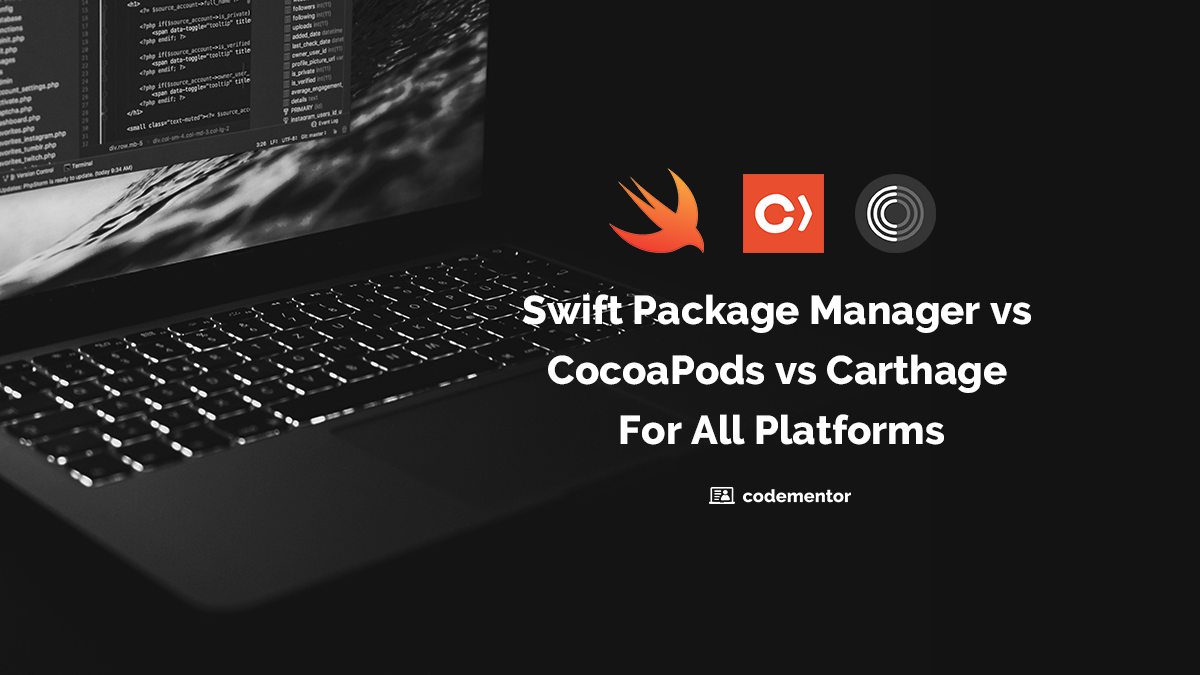According to MarketSplash, there are more than 27 million software developers worldwide. Moreover, the software market revenue is expected to grow to almost $660 billion by the end of 2023.
The suggestion that the coding market is saturated makes sense. Still, if you are thinking about becoming a developer yourself without any prior coding background, you can still go for it.
It takes a while to learn the basics and understand how software development works.
Thankfully, you can find a plethora of resources to study.
Some coders also focus on improving specific skills to stand out from their peers. They prioritize mastering a specific coding language, for example.
The industry is competitive, but newcomers who put in the right amount of effort usually make a career out of their coding skills.
Having said that, it’s imperative to stay on your toes and keep up with the latest coding trends. Just like other industries, this one’s also not a stranger to changes. Failing to adapt to new things means falling behind other coders.
As far as trends in programming go, there are a few notable and interesting tidbits to look out for going into 2024 and beyond. Let’s take a look at them.
1. Artificial Intelligence
It shouldn’t come as a surprise that artificial intelligence is on the list. Technology continues to affect all kinds of industries, ranging from travel and entertainment to construction and healthcare.
Coding is no exception. If you plan to work as a programmer, you can expect to encounter a lot of cases where AI plays a prominent role.
For instance, it’s become common among coders to directly interact with ChatGPT. The tool helps solve various problems, such as detecting the wrong line in your code.
Instead of going through various sources on the internet, you can swap to an extremely intelligent AI chatbot.
The expectations for AI in coding are that it will assist in debugging and automating repetitive tasks. Eliminating redundant steps increases efficiency.
Finally, artificial intelligence should also improve the overall code quality thanks to testing and review tools.
2. Low-Code and No-Code
Low-code and no-code solutions have been the go-to option for less experienced developers. Simplification seems to be quite popular these days.
The platforms that don’t require in-depth knowledge of programming open opportunities for those who want to build something but don’t have the means to learn the ins and outs of coding.
On one hand, low-code and no-code broaden the pool of available developers, encouraging innovation.
On the other hand, the idea also comes with a few drawbacks. For one, LC and NC restrict coding freedom. Not to mention that they don’t allow backend access to developers.
Ultimately, though, the platforms will continue to rise since they simplify coding—a complex skill that an average person doesn’t have.
What do low-code and no-code platforms mean for aspiring programmers? More competition and motivation to be at the top of your game and try your hardest.
3. Remote Work
The remote work and hybrid work models exploded after the recent pandemic. The latter means spending some days in the office and some days at home, whereas remote work refers to basically working exclusively from home.
Outsourcing various coding tasks shouldn’t come as a surprise. Enterprises hire developers from abroad because the local talent is not up to par. Or, they want to save on costs, and a cheaper option that still produces the work makes sense.
If you plan to work from home as a coder, you can expect to have more time for leisure. Saving costs on commuting is an advantage as well.
Note, though, that the lack of in-person supervision could be detrimental to your productivity. Some coders struggle with it, which then leads to impostor syndrome and other problems.
Not working in-house also presents potential technical issues. Let’s say that you are not that tech-savvy and encounter a problem with your Wi-Fi router. After trying the basics, it still struggles to provide a solid internet connection.
Or what about computer-related issues? If you are on a MacBook and notice sluggishness in the device’s performance, there’s no telling if you can solve the problem on your own. Even if you know how to see CPU utilization in Mac, there’s only so much it can tell you.
Naturally, the solution to technical problems you cannot solve yourself is to seek outside help. It’s just that when you work in an office, you can often find someone dedicated to solving these problems.
Meanwhile, coding companies or other companies that outsource their developers leave it up to the coders themselves to work out technical problems.
Be mindful of what you might expect and prepare in advance to ensure that you have a smooth working experience if you plan to do your job from home.
4. Sustainable Software Development
We live in times when environmental awareness is gaining momentum. With looming threats, people are more eager to look for sustainable solutions.
Programmers who can optimize code for technologies that minimize carbon footprint or help reduce general resource consumption are bound to make their mark in the modern world.
Consider sustainable software development as your specialization if you aren’t sure what exact career path is the best for you.
5. Cybersecurity Priorities
Cybersecurity woes continue to cause headaches for organizations and individuals. Regardless of what the development project is, security should always be one of the priorities.
The security-first approach exists to eliminate or minimize data breaches and other threats. The approach has to be present throughout the entire development cycle. You cannot ignore the threats early on and implement security measures just when the project is about to be completed.
Developers need to ensure the following:
- Continuous monitoring to identify vulnerabilities
- Secure coding practices that leave no room for breaches
- Backup solutions to start over in case something happens
Coming in as a fresh developer, you are bound to miss the experience. Be smart about cybersecurity, and don’t underestimate how much damage it can do.
6. Blockchain Applications
Blockchain applications are no longer a financial sector gimmick. Sure, its start and popularity are associated with cryptocurrencies, but the technology continues to expand beyond that.
Logistics, for example, benefit from blockchain since it enhances tracking and inventory visibility.
Intellectual property protection is also easier with the help of blockchain. It provides a way to trace the ownership to its original author.
Secure data storage and identity verification are two other excellent examples of how blockchain impacts the world.
From a coder’s perspective, given how blockchain is growing, it wouldn’t make sense to ignore it. If anything, mastering and understanding how blockchain works ought to put you at an advantage over programmers who don’t bother with it.
Conclusion
To sum it all up, there are interesting things happening in the coding industry. AI and blockchain are leaving their mark, while companies are outsourcing developers for remote coding jobs.
The changes happen over time, and it’s not the end of how various technologies will affect software development.
It will be interesting to follow the upcoming trends and see the next step in how coding makes our lives easier.

